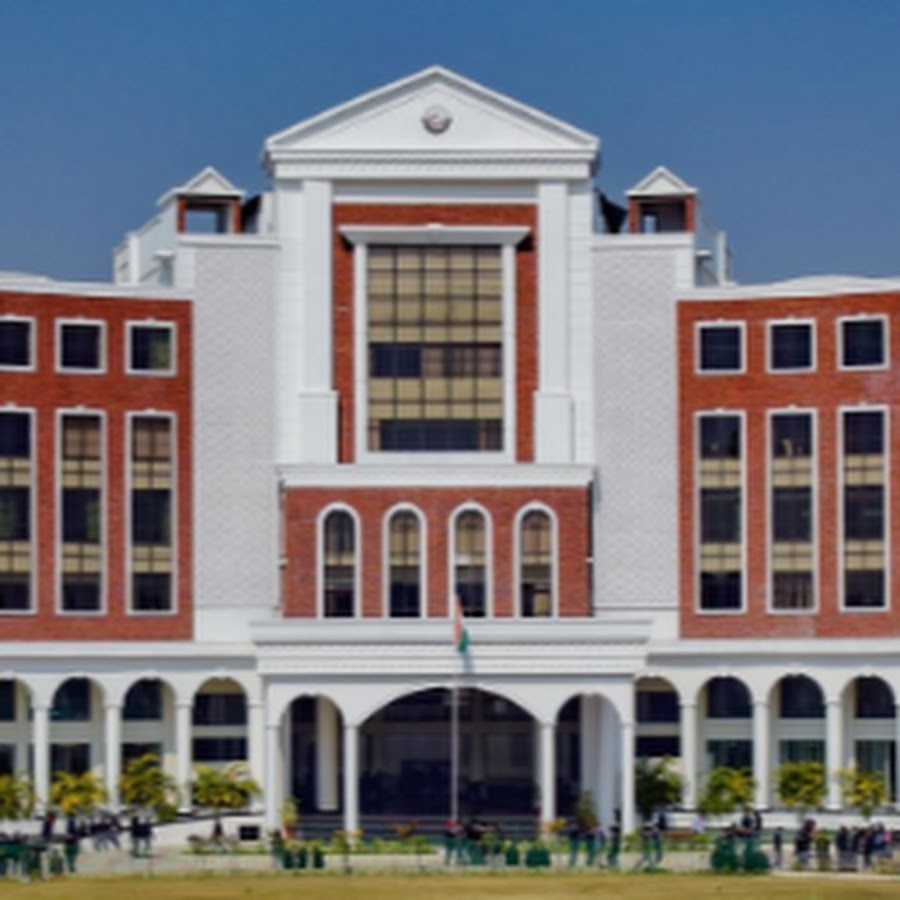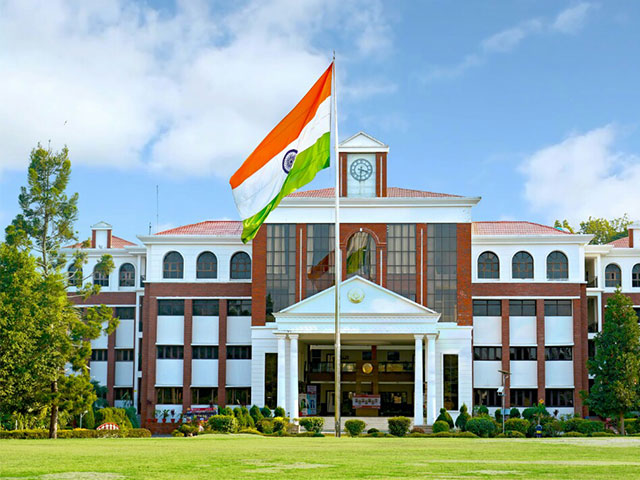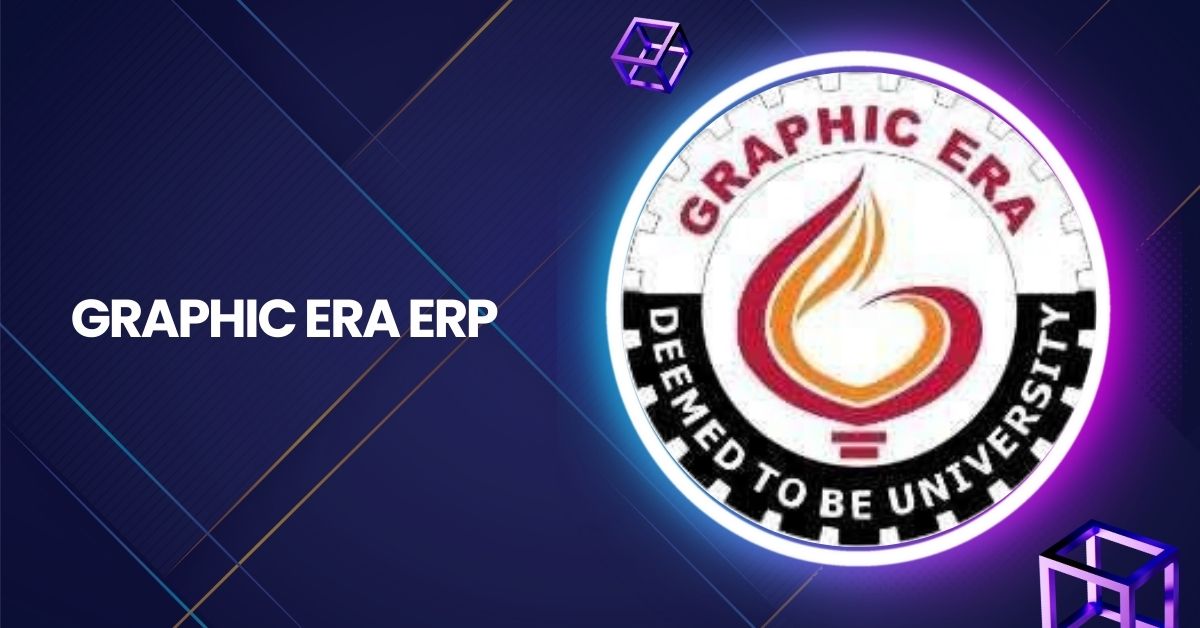Graphic Era (Deemed to be University) in Dehradun, Uttarakhand, stands as a beacon of excellence in higher education in India. One of the pivotal elements driving its efficiency and modern educational practices is its Enterprise Resource Planning (ERP) system. This article delves into the various aspects of the Graphic Era ERP system, its functionalities, and its impact on students, faculty, and administrative processes.
Introduction to Graphic Era
Established in 1993 by the Graphic Era Educational Society, Graphic Era has grown from a modest computer training center into a prestigious university offering a range of undergraduate, postgraduate, and doctoral programs.
Its academic excellence, research contributions, and innovative teaching methodologies have earned accolades. The university is NAAC accredited with an A+ grade and ranks prominently in national and international rankings, including NIRF and QS I-Gauge.
The ERP System: An Overview

Graphic Era’s ERP system, known as Cyborg-ERP, is a comprehensive solution designed to streamline and integrate various administrative and academic functions.
Developed by Cyborg IT Services, the ERP system is tailored to meet the specific needs of educational institutions. It encompasses modules for academic management, student information systems, learning management systems, and more, ensuring a seamless and efficient operation.
Key Features of Graphic Era ERP
- Student Information System (SIS): The SIS module allows efficient student data management, including admissions, attendance, grades, and personal information. This centralized database ensures that student records are easily accessible and up-to-date.
- Learning Management System (LMS): The LMS integrates with the ERP to provide a robust platform for online learning. It supports course management, online assignments, and virtual classrooms, enhancing the digital learning experience for students.
- Academic Management: This module handles course scheduling, faculty assignments, exam management, and grade submissions. It simplifies the administrative workload, allowing faculty to focus more on teaching and research.
- Financial Management: The ERP system also includes a financial management module that oversees tuition fees, scholarships, payroll, and other financial transactions. This ensures transparency and accuracy in the university’s financial operations.
- Human Resource Management: This feature manages staff recruitment, attendance, leave management, and performance evaluations. It helps maintain an organized and motivated workforce.
- Library Management: The ERP integrates library management, allowing students and faculty to search for books, reserve materials, and manage their borrowing history online. This digital approach increases the efficiency and accessibility of library resources.
- Alumni and Placement Portal: The ERP includes a module for alumni management and placement services. This keeps alumni connected with the university and provides a platform for students to access job opportunities and career services.
Impact on Students and Faculty
Implementing the ERP system at Graphic Era has significantly enhanced the educational experience for both students and faculty. The ERP provides a user-friendly portal for students to access their academic records, submit assignments, and communicate with faculty. This self-service approach empowers students to take charge of their educational journey and stay informed about their progress.
The ERP system reduces administrative burdens for faculty, allowing them to focus on teaching and research. The easy access to student data and academic resources facilitates better planning and delivery of courses. The automated processes for grade submissions and exam scheduling also improve accuracy and save time.
Administrative Efficiency

From an administrative perspective, the ERP system has transformed how the Graphic Era operates. Integrating various functions into a single platform reduces redundancy and errors, leading to more efficient operations.
The real-time data and analytics provided by the ERP system enable informed decision-making and strategic planning.
Research and Innovation
Graphic Era places a strong emphasis on research and innovation. The ERP system supports this by providing tools for research project management, funding allocation, and collaboration among researchers. The university has produced numerous research publications and holds several patents, contributing to its reputation as a center of innovation.
Future Prospects
Looking ahead, Graphic Era aims to further enhance its ERP system by incorporating advanced technologies such as artificial intelligence and machine learning. These innovations are expected to provide predictive analytics for student performance, personalized learning experiences, and improved administrative decision-making.
Conclusion
The Graphic Era ERP system is a testament to the university’s commitment to leveraging technology to enhance educational outcomes. By integrating various academic and administrative functions into a cohesive platform, the ERP system has streamlined operations, improved efficiency, and enriched the educational experience for students and faculty alike. As the Graphic Era continues to evolve, its ERP system will undoubtedly play a crucial role in sustaining its legacy of excellence and innovation.
Read More:
